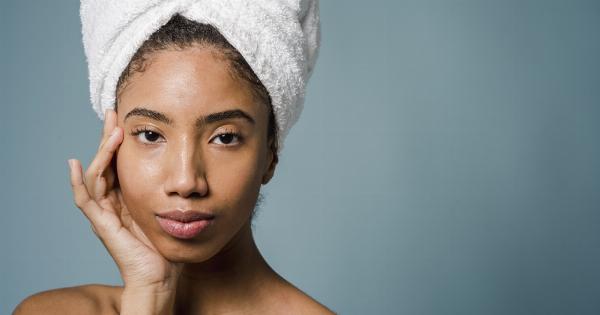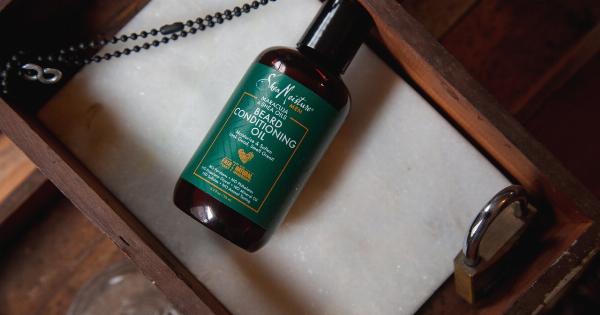Dandruff can be an unpleasant and uncomfortable condition. Though it may seem like a simple problem, it can have a serious impact on your overall quality of life.
From embarrassing flakes on your clothes to persistent itching and irritation, dandruff can be a source of frustration and stress.
Many people assume that the cause of dandruff is simply a matter of poor hygiene or an excess of oil on the scalp. However, there is actually a surprising culprit behind this common condition: a yeast-like fungus known as Malassezia.
The Role of Malassezia in Dandruff
Malassezia is a type of fungus that is present on everyone’s scalp, but individuals with dandruff tend to have a higher concentration of it.
This fungus feeds on the oils produced by our hair follicles, and when it grows out of control it can cause irritation and inflammation.
The presence of Malassezia on the scalp triggers an immune response, causing the skin cells to produce more oil and accelerate the process of skin cell growth.
This, in turn, leads to excessive shedding of dead skin cells and the formation of dandruff flakes.
Other Causes of Dandruff
While Malassezia is the primary cause of dandruff, there are other factors that can contribute to the development of this condition. These include:.
- Dry skin: When the skin on the scalp is excessively dry and flaky, it can create the appearance of dandruff even if Malassezia is not the underlying cause.
- Hair care products: Certain hair care products, particularly those that contain harsh chemicals or are designed for oily hair, can exacerbate dandruff symptoms by drying out the scalp and disrupting the balance of oils.
- Medical conditions: Certain skin conditions, such as eczema or psoriasis, can cause dandruff-like symptoms.
- Diet: Some evidence suggests that an unbalanced diet lacking in certain essential nutrients can contribute to the development of dandruff.
Treating Dandruff
As with any medical condition, it is important to seek the advice of a healthcare professional before beginning any treatment plan. However, there are a number of steps you can take to manage your dandruff symptoms:.
- Shampoo regularly: Regular washing of the hair and scalp can help to remove excess oil and flakes, preventing the buildup of Malassezia and reducing the frequency and severity of dandruff symptoms. Be sure to use an appropriate shampoo; look for products designed specifically for dandruff or sensitive scalps.
- Avoid styling products: Styling products like hairspray, mousse, and gel can worsen dandruff symptoms by clogging pores and drying out the scalp. Try to minimize your use of these products or look for alternatives that are less likely to irritate the skin.
- Take care of your diet: Maintaining a balanced diet rich in essential vitamins and minerals can help to promote healthy skin and hair, reducing the likelihood of dandruff. Focus on foods that are high in healthy fats, such as nuts, seeds, and oily fish, and avoid excessive consumption of sugar and processed foods.
- Use natural remedies: Some natural remedies, such as tea tree oil, aloe vera, and apple cider vinegar, are believed to have anti-inflammatory and anti-microbial properties that can help to soothe the scalp and reduce fungal growth. However, it is important to note that these remedies are not a substitute for medical treatment and should be used in conjunction with other dandruff management strategies.
When to Seek Medical Attention
If your dandruff symptoms are particularly severe or persistent, or if they are accompanied by other symptoms like redness, swelling, or tenderness, it may be a sign of an underlying medical condition.
In these cases, it is important to seek the advice of a healthcare professional to determine the cause of your symptoms and develop an appropriate treatment plan.
Additionally, if over-the-counter dandruff shampoos are not effective, your doctor may recommend prescription-strength medications or other treatments, such as light therapy or steroid injections, to address your symptoms.
Conclusion
Dandruff can be a frustrating and embarrassing condition, but it is important to recognize that it is often caused by a yeast-like fungus known as Malassezia.
By understanding the underlying cause of your symptoms and taking steps to manage them, you can often reduce the frequency and severity of dandruff and improve your overall quality of life.





























